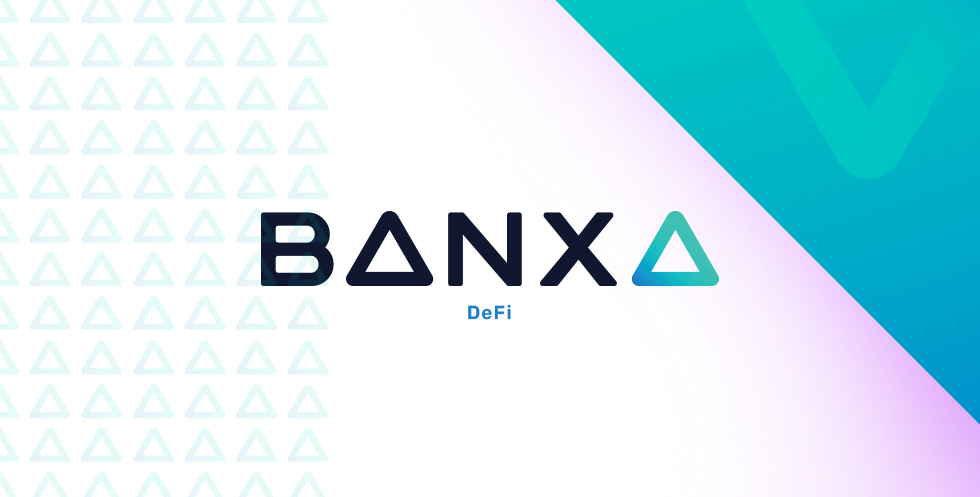Crypto’s “killer app” continued to evolve throughout 2021, with decentralised finance applications getting more sophisticated and easier to use. It may not be well understood outside the crypto ecosystem, but a parallel financial system is being built using permissionless smart contract platforms. The critique that users can’t do anything with crypto other than speculating on it hasn’t been true for several years.
In 2020, those financial primitives took off, with billions poured into borrowing and lending protocols like Aave (formerly ETHlend), Compound and MakerDAO, as well as decentralised exchanges like Uniswap and Sushi. As of mid-December, US$240 billion had been locked in DeFi protocols, according to industry website DeFi Llama, industry website DeFi Llama, up from less than $30 billion at the start of the year.

In today’s ultra-low interest rate environment, it’s easy to see what’s driving this growth: the search for yield. While traditional banks are offering 0.5 per cent return on deposits, DeFi lending protocols such as Anchor Protocol offer as much as 19 per cent interest on US-dollar pegged stablecoins.
Because these DeFi platforms are built on self-executing smart contract platforms, they offer efficiencies unimaginable in the world of traditional finance. Uniswap Labs has a team of just 42 people, but its namesake decentralised exchange is currently handling over $2 billion in volume a day – roughly half that of the Australian Stock Exchange (ASX), which has over 1,000 staff.
DeFi lending protocols allow participants to borrow from pools of capital from lenders from across the world, all in a decentralised and permissionless manner. Crypto capital markets are displacing centralized institutions at an accelerating clip and may offer better risk-reward opportunities than elsewhere in the market today.
DeFi protocols are also “composable,” meaning they fit together in what has been termed a series of “money Legos.” Convex Finance fits on top of Curve, derivatives exchange Perpetual built on top of Uniswap, while Yearn Finance automatically switches funds between several lending pools as interest rates change to offer depositors the best rate.
With the basic primitives of a parallel financial system now well-established, DeFi is moving on to more sophisticated protocols such as unsecured borrowing with Maple Finance, derivatives with DyDx and interest rate swaps with projects such as Pendle and Element Finance. DeFi assets make up a large allocation of Apollo Capital’s investment funds with every protocol mentioned above a current investment or have previously been utilised by the funds at Apollo Capital.
As smart contracts and DeFi protocols become more mature, we expect to see increased adoption, and with the layer 2 scaling solutions such as Arbitrum, Optimism and, ZK Synch on the cusp of mainnet, DeFi will become more accessible to everyday users. Before our eyes, capitalism is being reinvented and a new financial system is being born.
